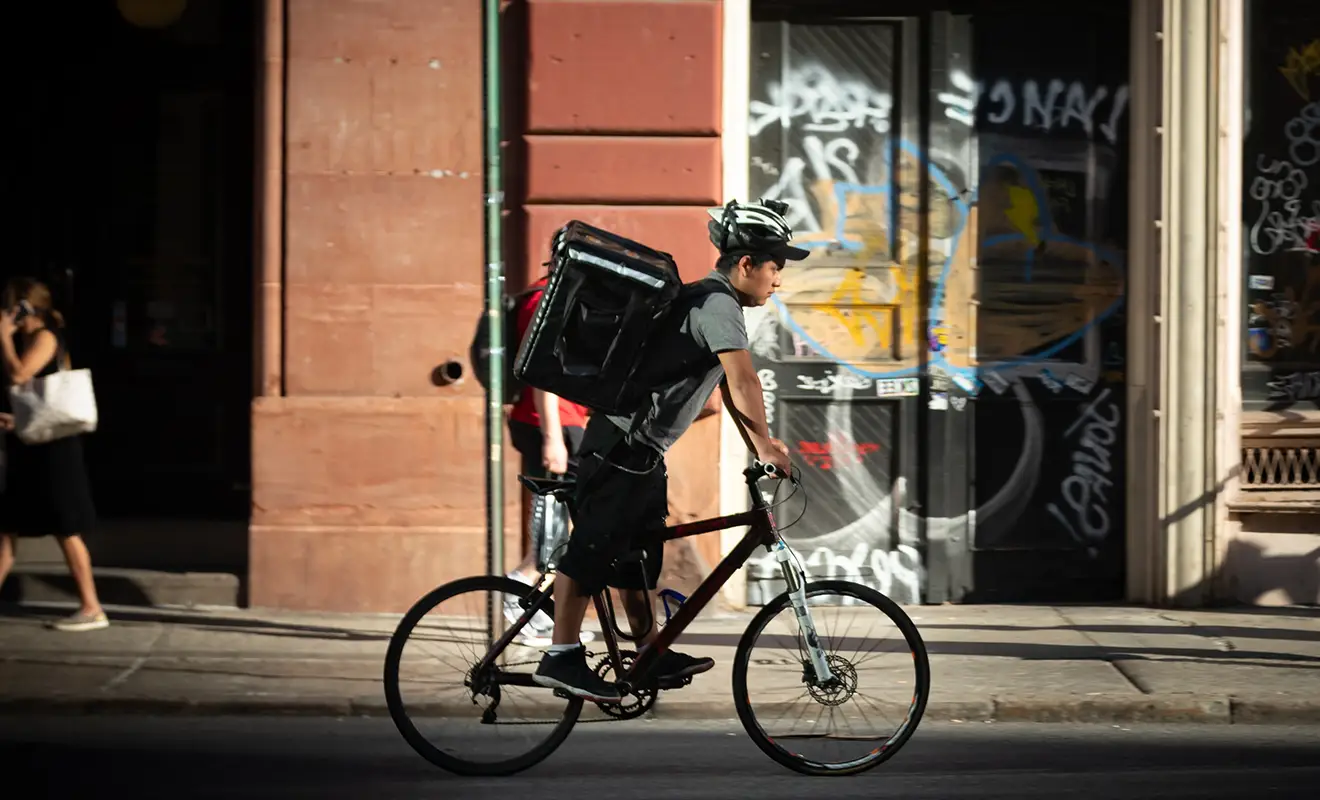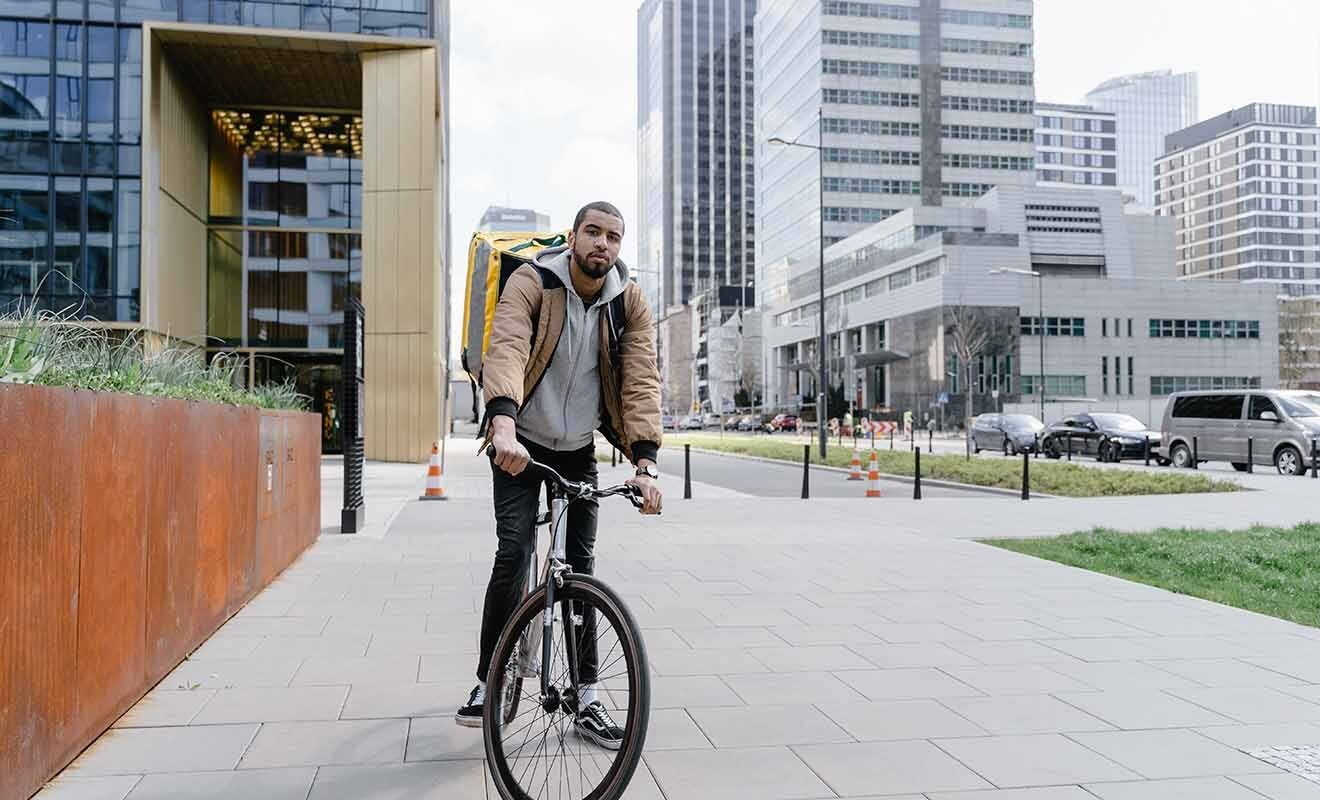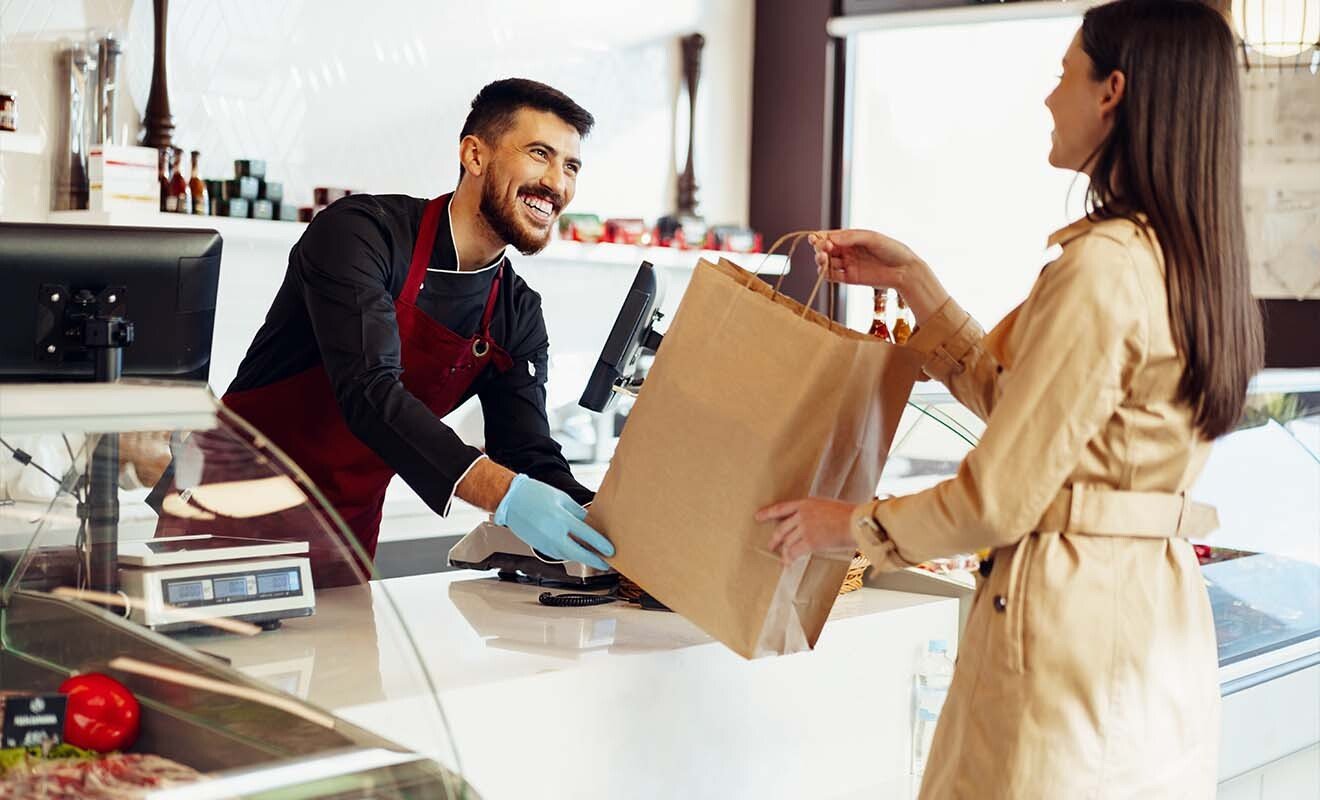What is last-mile delivery?

Have you ever heard of last-mile delivery or last-mile logistics? In the current context in which we live, this term is becoming more and more present. Well known in the supply chain world, many issues are linked to this last-mile logistics. Without further delay, find out everything there is to know about this essential stage in logistics.
What is last-mile delivery?
Definition and background
Last-mile delivery is the final stage of the logistics chain when the package is delivered to the final consumer. These direct actors are the brands, retailers, and transporters. This part is the most difficult to orchestrate as there are many delivery points scattered around the country.
This last-mile delivery is an essential step in the supply chain, the most difficult to orchestrate and the most expensive. Moreover, following the e-commerce boom and the health crisis, consumers have become more demanding regarding their deliveries, whether in terms of cost, quality of service, or environmental impact.
The challenges of the last-mile
1. Customer satisfaction
Nowadays we talk about omnichannel customers. These are customers who use different channels to order. As a result, they expect the same perfect delivery service regardless of the shopping channel, whether it is in a shop or on an online site. As a result of this trend, retailers have developed a variety of delivery offers to meet the diverse needs of customers.
Thus, consumers will be attentive to the different delivery methods offered: same-day delivery, reception by the consumer at home, in a shop, or in a relay point, D+2, and 100% decarbonized delivery... The flows have multiplied considerably.
After having chosen the most suitable delivery offer, the customer will pay attention to the route of his parcel (tracking and tracing) and to its arrival on the day, the place, and sometimes even at the time, he had indicated. This is known as a delivery promise. Moreover, for an online order, this delivery is sometimes the only moment when the customer interacts with the online shop, so this stage is essential to ensure and spread the company's brand image.
Ensuring the best possible last-mile delivery can enables retailers to reduce the workload of their customer service departments, which are then called upon to deal with delayed deliveries and a lack of visibility on the tracking and tracing of parcels...
If a delivery promise is not honored, the consumer will consider that the retailer from which he ordered the package is responsible. And a customer who is dissatisfied with the way the delivery was made will think twice before ordering again from the retailer concerned.
2. The cost
Although the first few kilometers are more manageable thanks to just-in-time flows between stocks or delivery centers, unit transport costs are higher the closer a product is to the final consumer. According to the figures published by the Rungis International Market Strategic Analysis Committee, last-mile delivery is the most expensive and represents 20% of the total cost of the logistics chain. For home delivery, the last kilometer represents on average up to 41% of the total cost of the supply chain! Source: CapGemini Research Institute.
It is therefore important to be able to optimize and control the cost of the last-mile.
If last-mile delivery is the most expensive, it is not only financially but also environmentally.
3. Ecological impact
In recent years, delivery vehicles have multiplied exponentially in cities. Today, they account for about 20% of urban road traffic and, as a result, the last kilometer is responsible for 25% of greenhouse gas emissions.
Source: Rungis International Market Strategic Analysis Committee.
In response to this problem, regulations have evolved and low emission zones (LEZs) must be established for cities with more than 150,000 inhabitants by 31 December 2024. Low carbon emission zones already exist in Paris, Lyon, Lille, and Grenoble. This is a major new challenge for urban logistics experts who have to implement environmentally friendly delivery methods.
On the other hand, the environmental impact of deliveries is increasingly important in consumers' choice of delivery. According to a study conducted by the e-commerce shipping platform Sendcloud, 3 out of 5 consumers (60%) consider environmental impact as an important element when choosing a delivery option. Woop's Last-Mile Delivery Barometer 2022 reveals that this trend has directly impacted retailers as 48% of them are deploying environmentally friendly solutions primarily to meet customer expectations, rather than out of conviction.
Finally
This last-mile delivery reveals several major challenges for retailers, particularly in terms of customer satisfaction, cost, and ecological impact.
Faced with these challenges, a new player has emerged to help retailers orchestrate and optimize their last-mile deliveries: the Woop Delivery Management System (DMS).
For each of the retailers' deliveries, the Woop platform automatically proposes different transport scenarios according to predefined criteria (price, service quality, carbon impact). Retailers can then opt for the best offer, at the best price, while favoring soft mobility as soon as possible.
Woop, our technology platform, is available as a software-as-a-service and requires no software installation on your site.
Would you like to know more about the opportunities Woop has to offer in the area of last-mile delivery? Contact one of our experts.
Subscribe to our newsletter
Auteur
Team Woop
Read his profileArticles liés
2021/02/16 7min read








